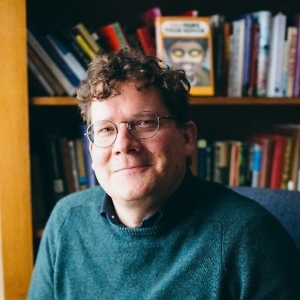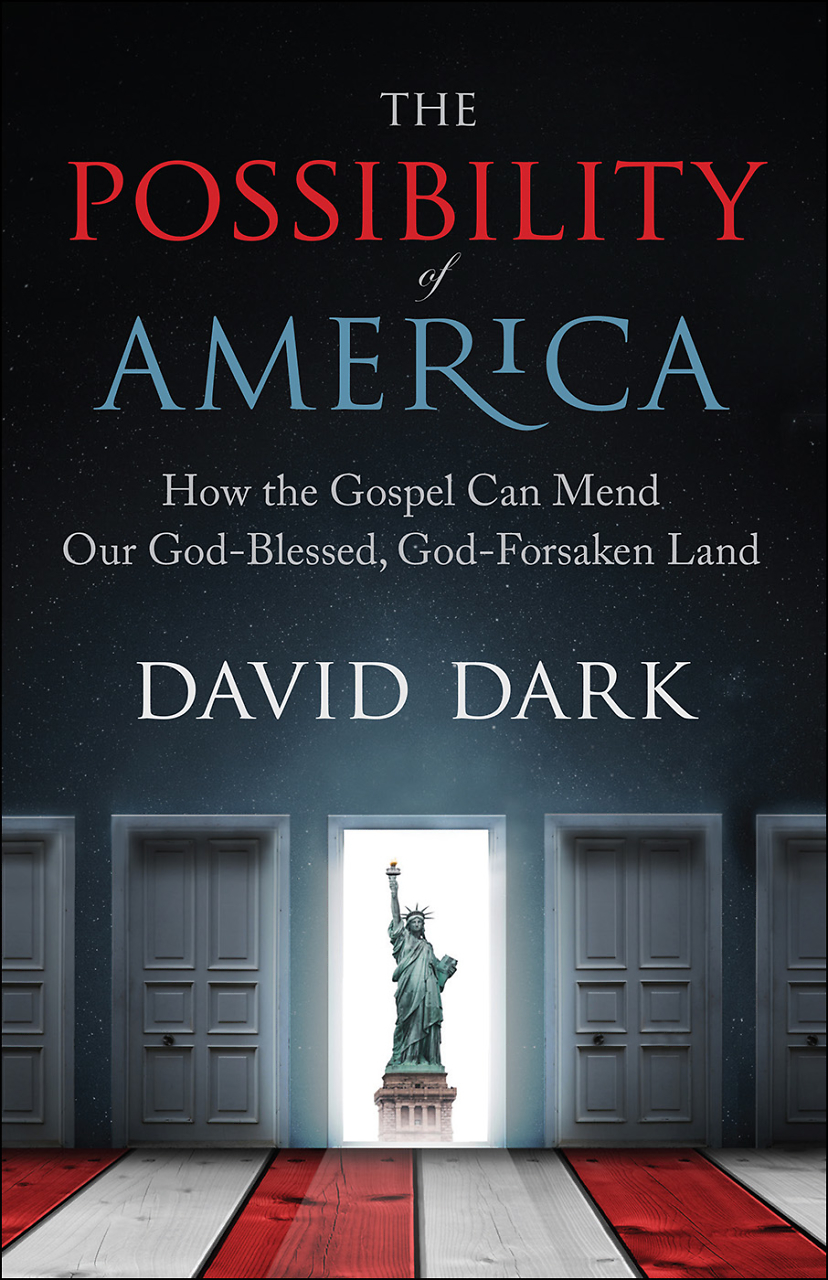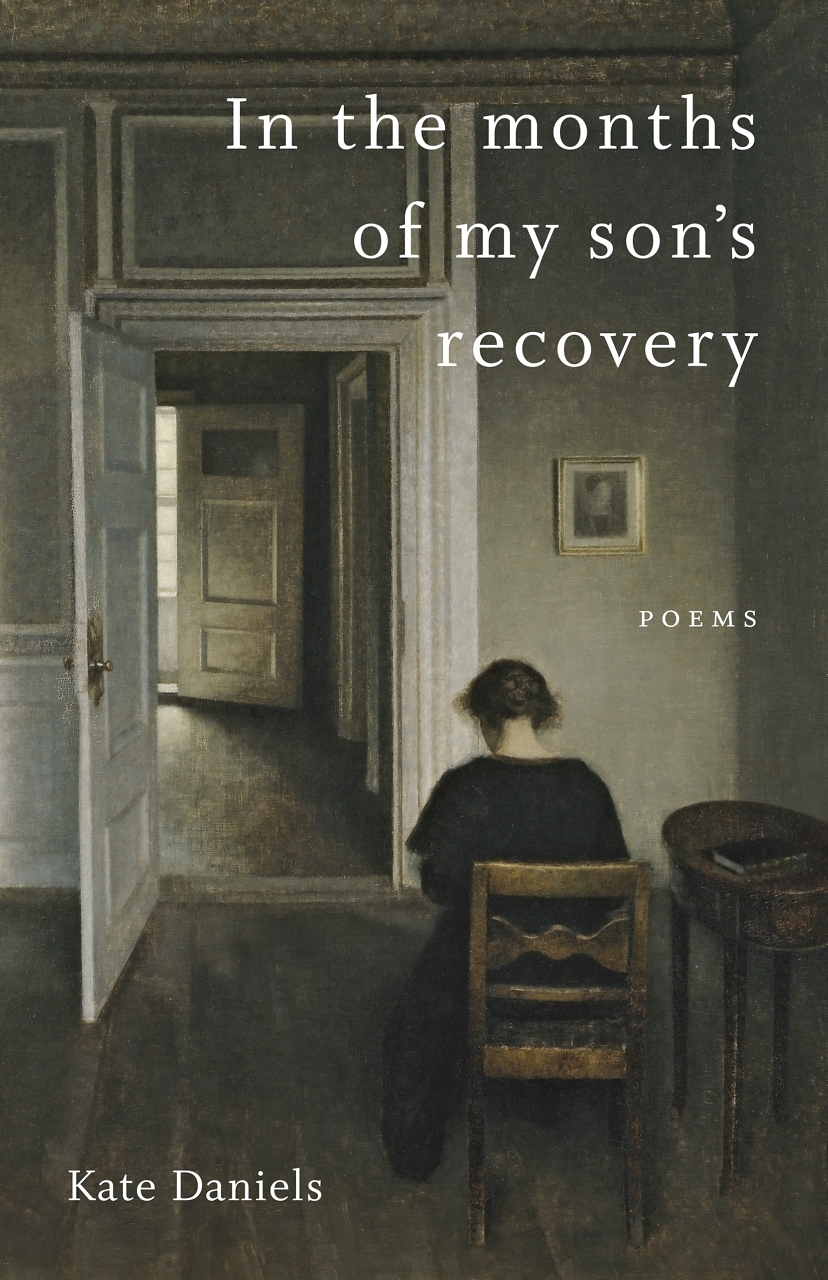Fourth-Graders Save the World
Educator John Hunter talks with Chapter 16 about the World Peace Game
Amid all the contention about the state of American education, it’s easy to forget how many teachers are creative, challenging, and eager to work with students. Case in point: John Hunter, inventor of the World Peace Game, a classroom activity in which students take on the roles of national leadership in all its intricacies and conflicts. Along the way, they learn problem-solving and critical-thinking skills, the best ways to work with others, and sometimes even how to handle a bully. And, yes, maintain world peace.
 In World Peace and Other 4th-Grade Achievements, Hunter makes a compelling case for providing students with complex, open-ended assignments, those in which students must struggle with both the intellectual and moral aspects of life. Each year Hunter divides his class into four countries, each with a prime minister who then puts together a cabinet. The classroom nations struggle with the sorts of challenges that real nations face: ethnic tensions, environmental crises, famines, floods, wars, etc. There is also a saboteur, Hunter writes, “who tries secretly to undermine everything in the Game, even while maintaining an official position as an upstanding leader or citizen.” There is nothing easy about the World Peace Game, but Hunter makes it clear that the rewards are worth both the work and the risks.
In World Peace and Other 4th-Grade Achievements, Hunter makes a compelling case for providing students with complex, open-ended assignments, those in which students must struggle with both the intellectual and moral aspects of life. Each year Hunter divides his class into four countries, each with a prime minister who then puts together a cabinet. The classroom nations struggle with the sorts of challenges that real nations face: ethnic tensions, environmental crises, famines, floods, wars, etc. There is also a saboteur, Hunter writes, “who tries secretly to undermine everything in the Game, even while maintaining an official position as an upstanding leader or citizen.” There is nothing easy about the World Peace Game, but Hunter makes it clear that the rewards are worth both the work and the risks.
Prior to his appearance at Parnassus Books in Nashville on July 11, Hunter spoke with Chapter 16 by phone:
Chapter 16: You write that you sometimes worry, as you hand out the assignments each year, that you are pushing world problems onto children even as you’re also showing them how powerful, effective, and compassionate they can be. For you, what are the most troubling aspects of the assignment?
John Hunter: You’re exposing children to something they might not run into at such a level of complexity, and this will cause a level of anxiety in the children. You’re tempted not to go too far with it, and you want to hold back. At the same time, children often have relatives and friends who are involved in many of the anxiety-producing things we have here in the world—families and friends who are in military service, who’ve served in warfare, combat. We’re all experiencing the effects of pollution and climate change. They’re aware of the problems, so protecting them—shielding them, pretending that everything is rosy—is not doing justice to their intelligence. The idea is to share with them what is going on, the reality of the world, and doing this in an appropriate way so they’re inspired, elevated, and not depressed or frightened.
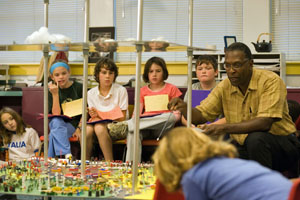 Chapter 16: Elsewhere you write, “We often dumb things down for them, making problems and explanations as simple as possible. It’s as if we think their minds cannot stand complexity.” How, do you think, could the World Peace Game have an impact on the way other subjects are taught to children?
Chapter 16: Elsewhere you write, “We often dumb things down for them, making problems and explanations as simple as possible. It’s as if we think their minds cannot stand complexity.” How, do you think, could the World Peace Game have an impact on the way other subjects are taught to children?
John Hunter: I would never presume to give advice to other teachers on how to teach. Of course children can embrace complexity, if it’s appropriate, and then you can, as a teacher, facilitate the possibility of students grappling with these things in an appropriate way. Their learning can be deepened if you don’t pre-chew it or presume that their intelligence is not strong enough to understand and manage it. It’s important to try to overcome one’s personal assumptions about someone else’s intelligence, so that students are not limited before they even start.
I’m naturally curious myself, and I want to know the answers I don’t know, so I’ll tell you what I say: What do you think? I think it’s probably what I say more than anything else in my classroom. The question is the doorway to exploration, research, development, and learning. For me, it allows students to seek solutions, to explore further, to invent new ways when the old ways don’t work
Chapter 16: Unlike what you call the “instant answer” environment of many classrooms, the game gives students time to make decisions. Aside from adopting the World Peace Game in every classroom, what can teachers do to foster time to ponder?
John Hunter: We’ve traveled the Game all over the world, and we’re finding so many great teachers doing so many great things. For example, time to ponder, as we call it—or “think time” or “lag time”—is a common thing, actually. A lot of good teachers give students moments to reflect. They will say, What do you think about this?; or Let’s think for a minute or two or more on it; or Let’s draw out our thinking; or Let’s doodle a bit and see what we come up with…. That built-in reflection is a beautiful aspect of teaching in the twenty-first century.
Chapter 16: You mention that most parents like the World Peace Game, but it’s undeniably difficult to include in an educational environment that stresses quantifiable results. Do you have any tips for teachers about how to promote higher-order learning activities within a “teaching to the test” culture?
John Hunter: All this teaching starts on ground zero. Problems are coming that don’t exist yet, and how can you teach for that, when you don’t know what it really is? The answer is, you have to be inventers for curriculum design, for things that are coming. To start from zero is to start with self-reflection, looking into one’s life, asking, Who are you really? Asking that question over and over again, year after year, allows us to try to discern at the deepest level who we really are—not only as teachers but as people, as well. That practice—and I try to do it every day—helps to expand the depth of who we are because we uncover the ability to bring our craft, our practice, to self-reflection. With consistent, regular practice, we can all have an idea of how to be a better person.
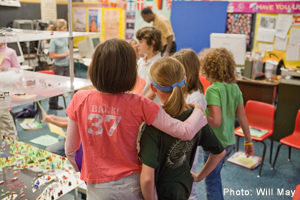 And as that practice moves outwards, students ask themselves about what they love, their deepest passions and their identities. Once we express interest in those questions, we can start to build curriculum around their passions, and their love takes over and begins to drive the curriculum. They believe their curriculum, then, because they thought of it. Here’s an example: you have a student who loves skateboarding, and I’ve got to teach geometry. So we’re going to talk about skateboarding and geometry. You want to build that ramp—what’s the angle? Or you have a circular service road to skate on—how can you make it better? Your interest as a student can drive your studies. That can happen with any interest of a child. A teacher can always find the way.
And as that practice moves outwards, students ask themselves about what they love, their deepest passions and their identities. Once we express interest in those questions, we can start to build curriculum around their passions, and their love takes over and begins to drive the curriculum. They believe their curriculum, then, because they thought of it. Here’s an example: you have a student who loves skateboarding, and I’ve got to teach geometry. So we’re going to talk about skateboarding and geometry. You want to build that ramp—what’s the angle? Or you have a circular service road to skate on—how can you make it better? Your interest as a student can drive your studies. That can happen with any interest of a child. A teacher can always find the way.
Chapter 16: You’ve given a TED talk, you’ve gone to the Pentagon, you’ve written a book. What’s next for you and the World Peace Game?
John Hunter: Well, for myself I gave up on ambition. I have no particular desire or ambition in world-keeping or empire-building. I’m content. I’ve done the things I wanted to do in my life very early on, and I’m very fortunate to be able to say that. For the rest of the time I have here, I can devote to helping others in some way. The vehicle, it seems to me, is the World Peace Game. It seems to be helpful to teachers, and administrators say it’s useful, so I’m going to try to share as best I can. We’re going to be in Norway next year, Austria twice, and then Vancouver, Canada, and there’s outreach from India, China, Japan—so many from around the world who say, “Please, let’s use this Game, let’s share this Game.”
The Game is not about the game. Teachers will look into it and say that the game is just a fiction. You open up the game, and you find there’s a Trojan horse, and inside the Trojan horse is a mirror. And that mirror is when you look into your own understanding in the educational practice and teaching. So we challenge the teachers who come to the World Peace Game Master Class to develop their own game.
John Hunter will discuss his new book, World Peace and Other 4th-Grade Achievements, at Parnassus Books in Nashville on July 11 at 6:30 p.m.
